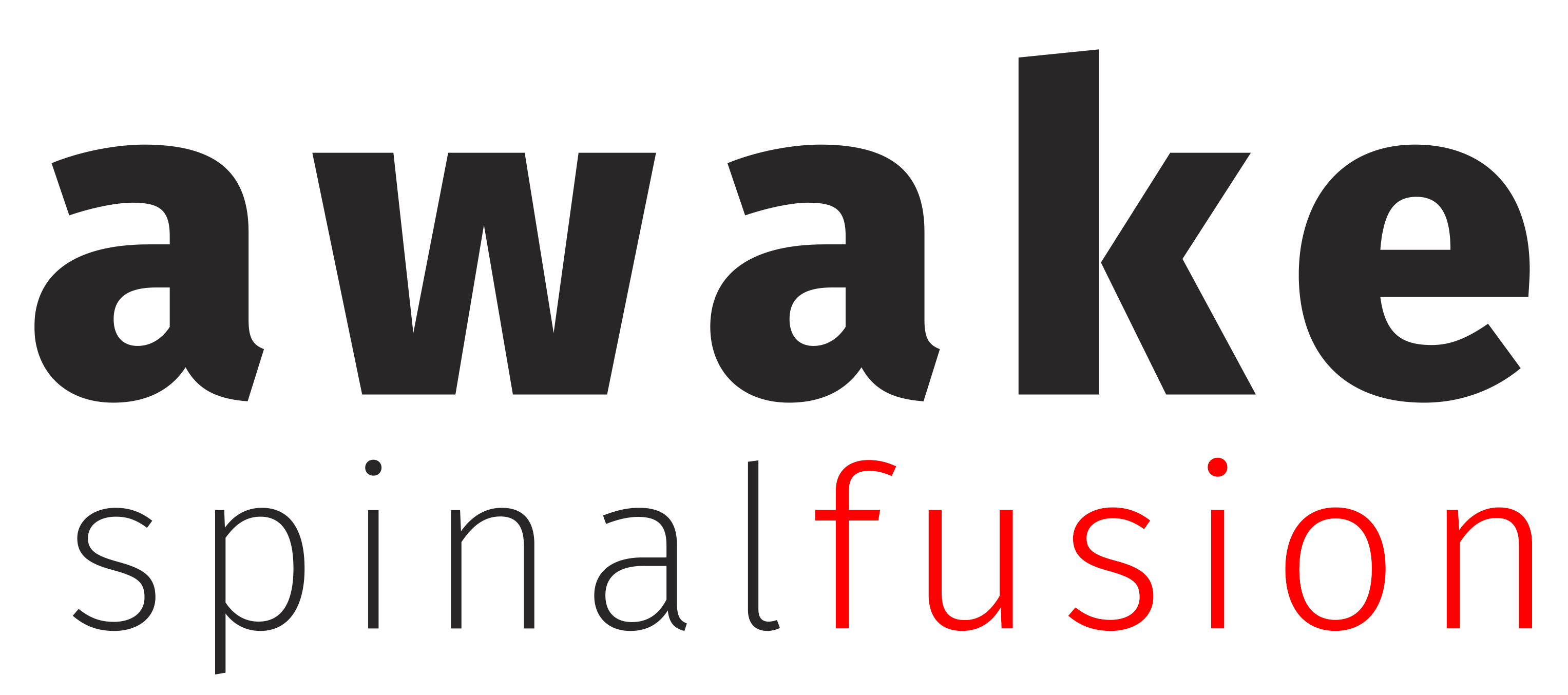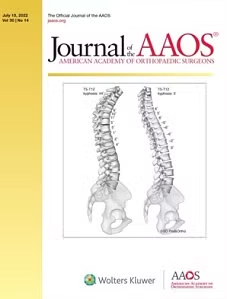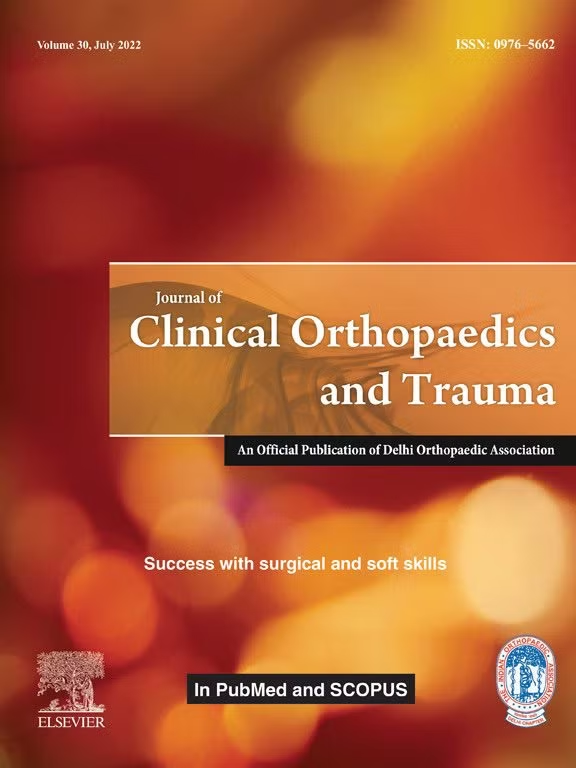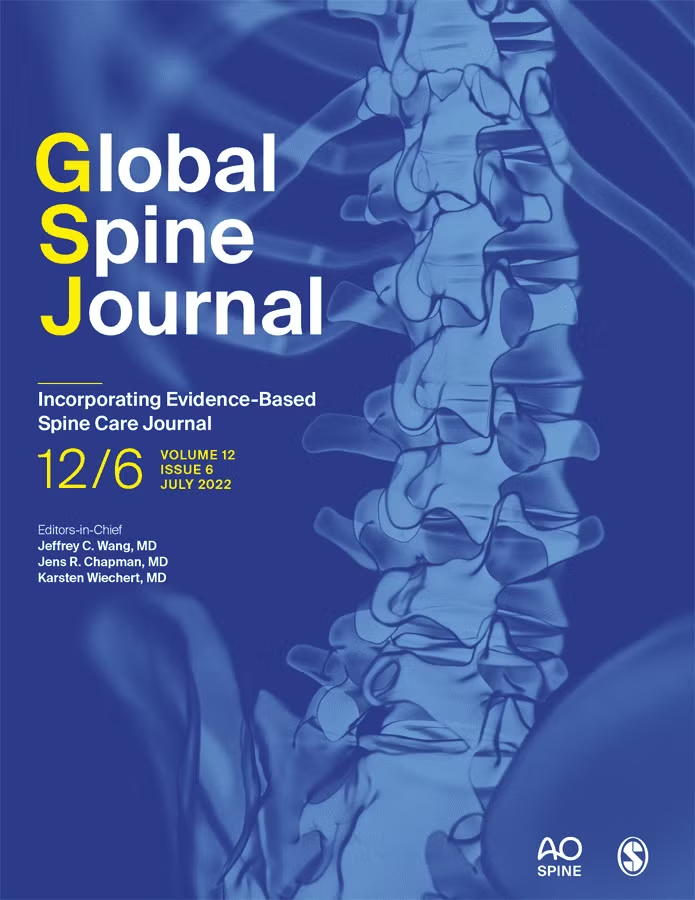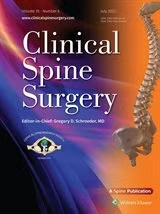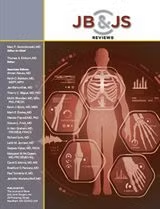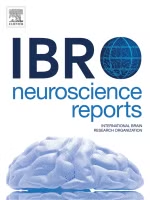
Anterior Cervical Discectomy and Fusion (ACDF) surgery is a common procedure used to relieve pain and neurological symptoms caused by herniated discs, spinal stenosis, or degenerative disc disease in the cervical spine. While the surgery can significantly improve quality of life, it also comes with permanent restrictions and a necessary adjustment period. Understanding these long-term limitations and adopting proper recovery strategies can help ensure a smooth transition into post-surgical life.
Understanding ACDF Surgery and Its Impact
ACDF surgery involves the removal of a damaged disc in the neck through an anterior approach, followed by the fusion of adjacent vertebrae to stabilize the spine. This fusion eliminates movement between the affected vertebrae, which can alleviate pain but also leads to some permanent restrictions. Because the spine loses some flexibility at the fused levels, patients must be mindful of movements that could strain the neck and adjacent areas.
Long-Term Limitations After ACDF Surgery
While ACDF surgery often provides long-term pain relief, patients must adhere to certain lifelong restrictions to protect their spine and overall health. Some of these limitations include:
- Limited Neck Mobility
The fusion of vertebrae restricts motion in that area of the cervical spine. Patients may experience difficulty turning their heads fully, which can affect activities such as driving or looking over their shoulders. Engaging in physical therapy can help improve flexibility in surrounding muscles to compensate for reduced movement.
- Avoidance of High-Impact Activities
Contact sports, high-impact exercises, and activities that put excessive strain on the spine (e.g., football, gymnastics, heavy lifting) should be avoided permanently. The fusion site is more vulnerable to stress, and excessive force can lead to adjacent segment disease (ASD), which occurs when neighboring discs experience increased wear and tear.
- Lifelong Lifting Restrictions
Patients are often advised to avoid lifting heavy objects beyond a certain weight limit (usually 10–25 pounds, depending on medical recommendations). Straining the neck can lead to complications such as increased stress on adjacent discs or hardware failure in the fused area.
- Caution with Repetitive Neck Movements
Frequent bending, twisting, or extending the neck can be problematic over time. Patients should be mindful of their posture while using electronic devices, reading, or working at a desk to avoid unnecessary strain.
- Changes in Sleeping Positions
Some patients may find it uncomfortable to sleep in certain positions, especially on their stomachs, due to limited neck mobility. Using a supportive pillow and sleeping on the back or side is generally recommended.
- Increased Risk of Adjacent Segment Disease (ASD)
Since the fused section of the spine no longer moves, the adjacent levels may experience increased stress over time, potentially leading to further degeneration. Regular check-ups with a spine specialist can help monitor these changes and address any developing issues early.
Recovery Tips for Long-Term Success
While certain restrictions are permanent, many strategies can help patients lead active and fulfilling lives after ACDF surgery. Here are some essential recovery tips:
- Follow a Physical Therapy Program
Engaging in a guided physical therapy regimen can help improve strength, flexibility, and posture, making it easier to adapt to the changes in spinal mobility. Therapists can also teach safe movement patterns to prevent strain on the neck.
- Practice Good Posture
Maintaining proper posture is crucial to reducing stress on the spine. Patients should avoid slouching, keep their shoulders relaxed, and ensure their workstation is ergonomically set up to minimize strain.
- Use Assistive Devices When Necessary
Tools such as ergonomic chairs, standing desks, and voice-activated devices can reduce the need for excessive neck movement. Investing in these aids can help minimize discomfort in daily activities.
- Modify Exercise Routines
While high-impact activities should be avoided, low-impact exercises such as swimming, walking, and gentle yoga can help maintain overall health without putting undue stress on the spine. Strengthening core and back muscles can also provide additional spinal support.
- Adopt Safe Lifting Techniques
When lifting objects, always use proper technique: bend at the knees instead of the waist, hold the object close to the body, and avoid twisting motions. If an object is too heavy, seek assistance rather than risking injury.
- Stay Mindful of Neck Strain During Daily Activities
Be conscious of head and neck positioning while using mobile devices (to prevent “tech neck”), reading, or engaging in hobbies. Taking frequent breaks and using supportive cushions can alleviate unnecessary pressure.
- Monitor for Any New Symptoms
If new pain, weakness, numbness, or tingling sensations develop, consult a healthcare provider immediately. These could be signs of complications, such as adjacent segment disease or hardware failure.
- Maintain a Healthy Lifestyle
A balanced diet, regular exercise, and maintaining a healthy weight can reduce overall stress on the spine. Staying hydrated and consuming anti-inflammatory foods can also aid in joint and muscle health.
- Attend Regular Follow-Ups with Your Doctor
Routine check-ups with a spine specialist can help track the progress of recovery and detect any potential issues early. Imaging tests like X-rays or MRIs may be used to assess the integrity of the fusion over time.
Conclusion
Adjusting to life after ACDF surgery requires a combination of caution, adaptation, and healthy lifestyle choices. While there are permanent restrictions, most patients can still enjoy a fulfilling life by making mindful adjustments. By following medical guidelines, engaging in proper self-care, and staying proactive about spinal health, individuals can successfully navigate life after ACDF surgery while minimizing complications and discomfort.
